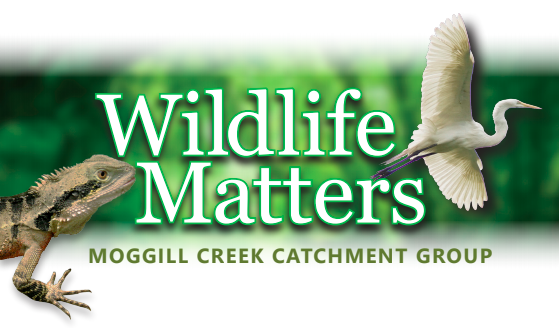IN EARLY March (2024) we noticed that a lot of wisteria leaves accumulated at the back of our letterbox and we wondered who, and why. Some small animal?
But the letterbox stands on a pole and is plastic and very smooth, without ‘hand holds’ to enable an animal to get to the slot at the top of the fold-down door. It normally hosts a couple of katydids, but they couldn’t harvest leaves. A human, for some unimaginable reason?
We left the leaves there, and soon we noticed they had been spread all over the bottom of the letterbox box to a depth of 4-5 cm. Surely some animal (with sticky feet?) must be responsible. After a week or two we got a glimpse of the inhabitant, and in mid-March, this photo. It was some sort of mouse-like critter.
I sent the photo to our Land for Wildlife Officer and after some consultation with colleagues there was agreement that it was probably a Fawn-footed Melomys (Melomys cervinipes), a native rodent. The ‘Melomys’ bit is reasonably certain, the ‘probably’ is because the other species of Melomys in this area, the Grassland Melomys (Melomys burtoni) prefers grassland habitat.
Fawn-footed Melomys (Melomys cervinipes) in a letterbox Photo: Gordon Grigg
On checking, the Melomys was sometimes visible and sometimes either not there or buried under leaves. They are nocturnal, so should be ‘at home’ during the day. Several times it was in full view, just sitting still and looking at us. Once I saw just its back above the leaves; presumably sleeping. It brought in some new leaves, and seems to do some ‘housekeeping’ on them.
Letters come, and the occasional large parcel, but it apparently tolerates these disturbances and as I write this, it is still in residence.
The katydids are no longer there. We wondered if the melomys had eaten them, but they are recorded as being vegetarian, eating leaves, shoots and fruits they get by foraging in the canopy where they usually make a spherical nest leaves. I do wonder if they are strict vegos though. Many mainly vegetarian animals will take a meaty snack if one is available. The spider looks pretty fit though.
There are, or were, four species of Melomys in Australia (the Bramble, Cay Melomys ( Cay Melomys (M. rubicola M. rubicola) became extinct recently). The Australian ones have relatives in Papua-New Guinea and Indonesia and collectively they are sometimes referred to as ‘mosaic-tailed rats’.
Gordon Grigg
Wildlife Matters is published in: 



